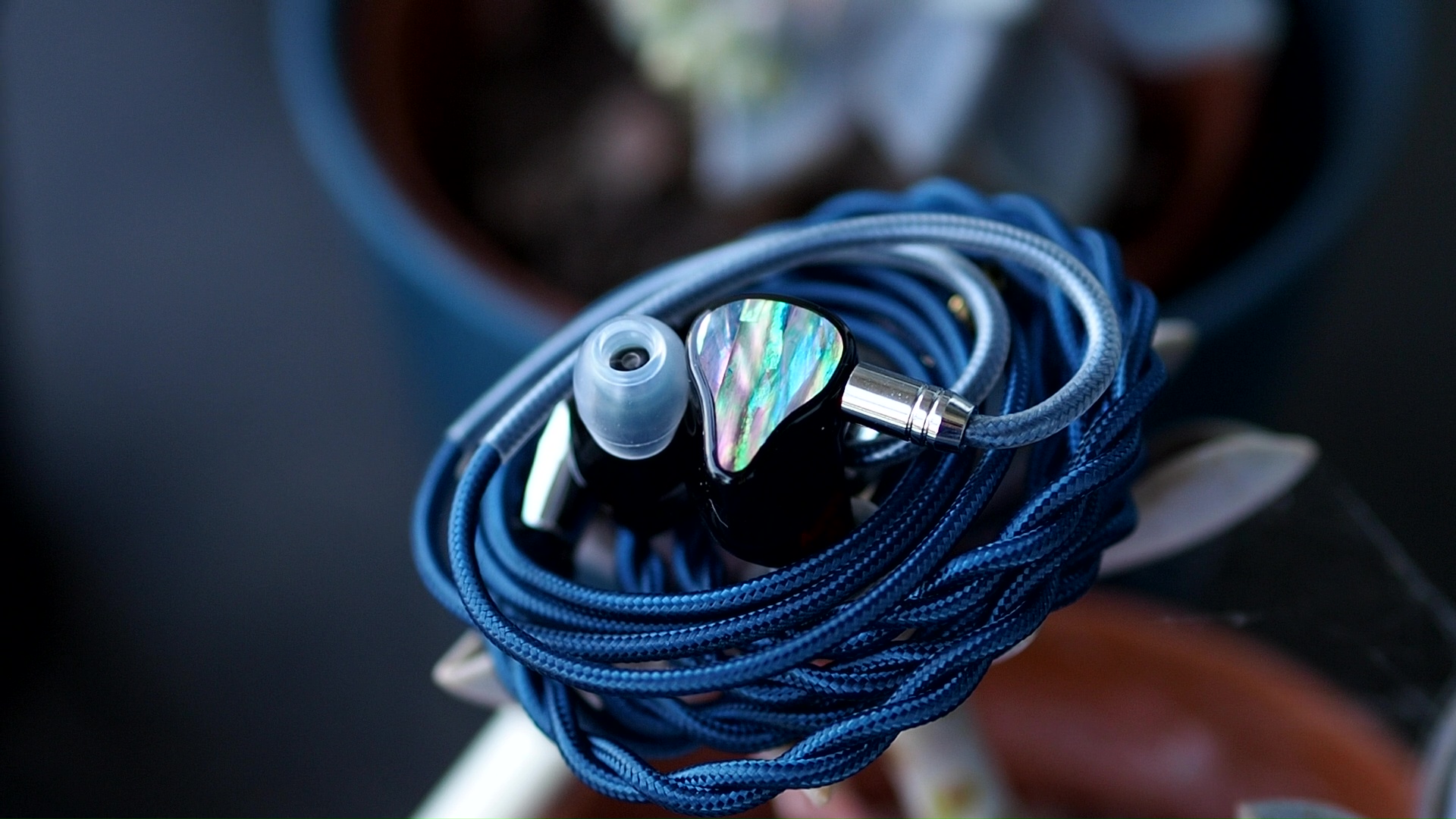AuR Audio Aurora - Lovely Vocal
Few IEM brands have developed a strong fanbase as quickly as AuR Audio, a Singaporean IEM brand founded by two friends, Nicholas Teo and Abel Hsu. Today, we take a look at one of the newer releases from the company, the 8-driver hybrid IEM Aurora.
Forewords
- What I look for in an IEM is immersion. I want to feel the orchestra around me, track individual instruments, and hear all of their textures and details. I’m not picky about tonality, as long as it does not get in the way of immersion.
- I rate IEMs within with a consistent scale from 1 (poor) to 3 (Good) to 5 (outstanding). Ratings are assigned by A/B tests against benchmark IEMs, regardless of the retail price.
- Ranking list and measurement database are on my IEM review blog.
- Terms used in my reviews are consistent with the glossary by Headphonesty
- This review is possible thanks to the Australian head-fi tour organised by @damz87 and supported by AuR. I have no affiliation with or financial interest in AuR Audio. The unit retails for $560 at the time this review was published.
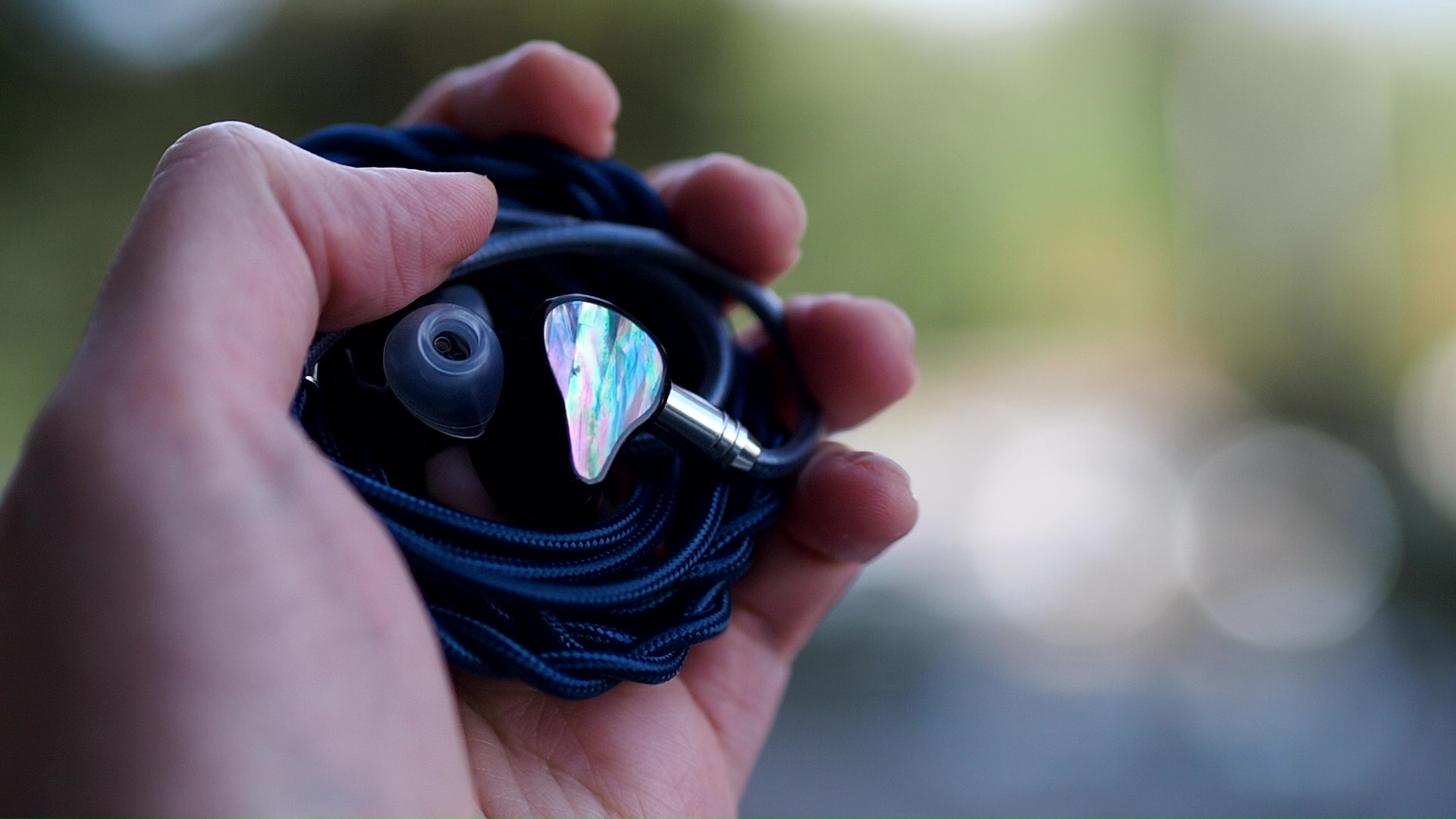
Sources for listening tests:
- iBasso DX300 (for all A/B tests)
- HiBy R3 Gen II
Local FLAC files ripped from CDs or bought from Qobuz were used for most casual listening and A/B tests. My playlist for A/B tests can be found on Apple Music here.
All of my listening was done with Spin-fit W1 medium ear tips. I listen at a medium volume. I usually turn up the volume until the midrange is fully audible and detailed, unless a treble peak or overwhelming bass prevents me from doing so.

Specs
- Driver: 2x7.5mm DD + 4 E-Audio BA + 2 Knowles BA
- Connector Type: recessed 2-pin
- Impedance: 19ohm
- Sensitivity: 104dB@130mV
Build and Comfort
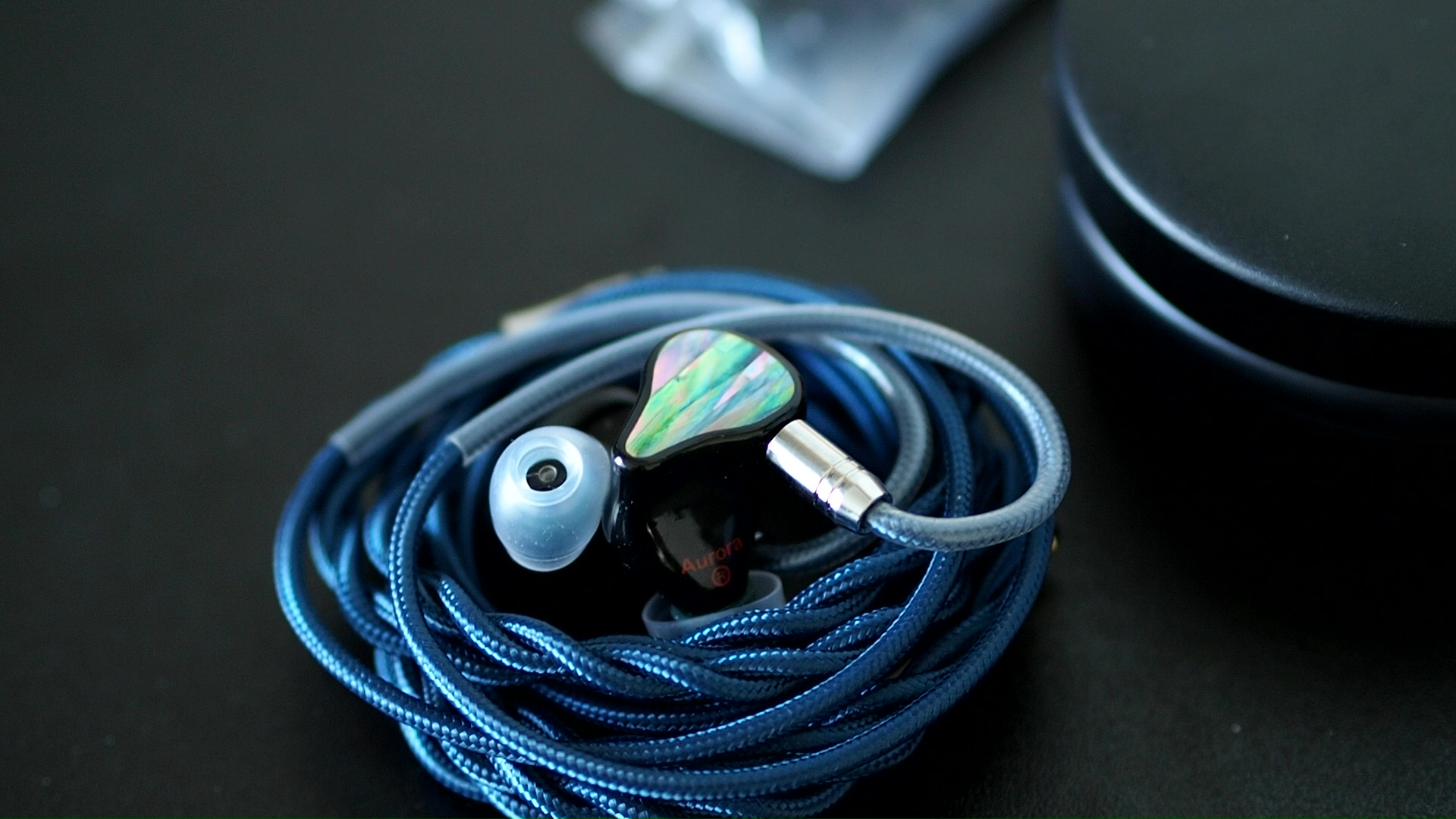
The review sample came with a plastic puck carrying case, a set of wide-bore silicone ear tips, a cleaning brush, cable, and the earpieces themselves.
The cable is quite lovely. It is one of the most well-behaved cables I have ever used. There was no kink, no memory, and the cable can lay flat on the table.
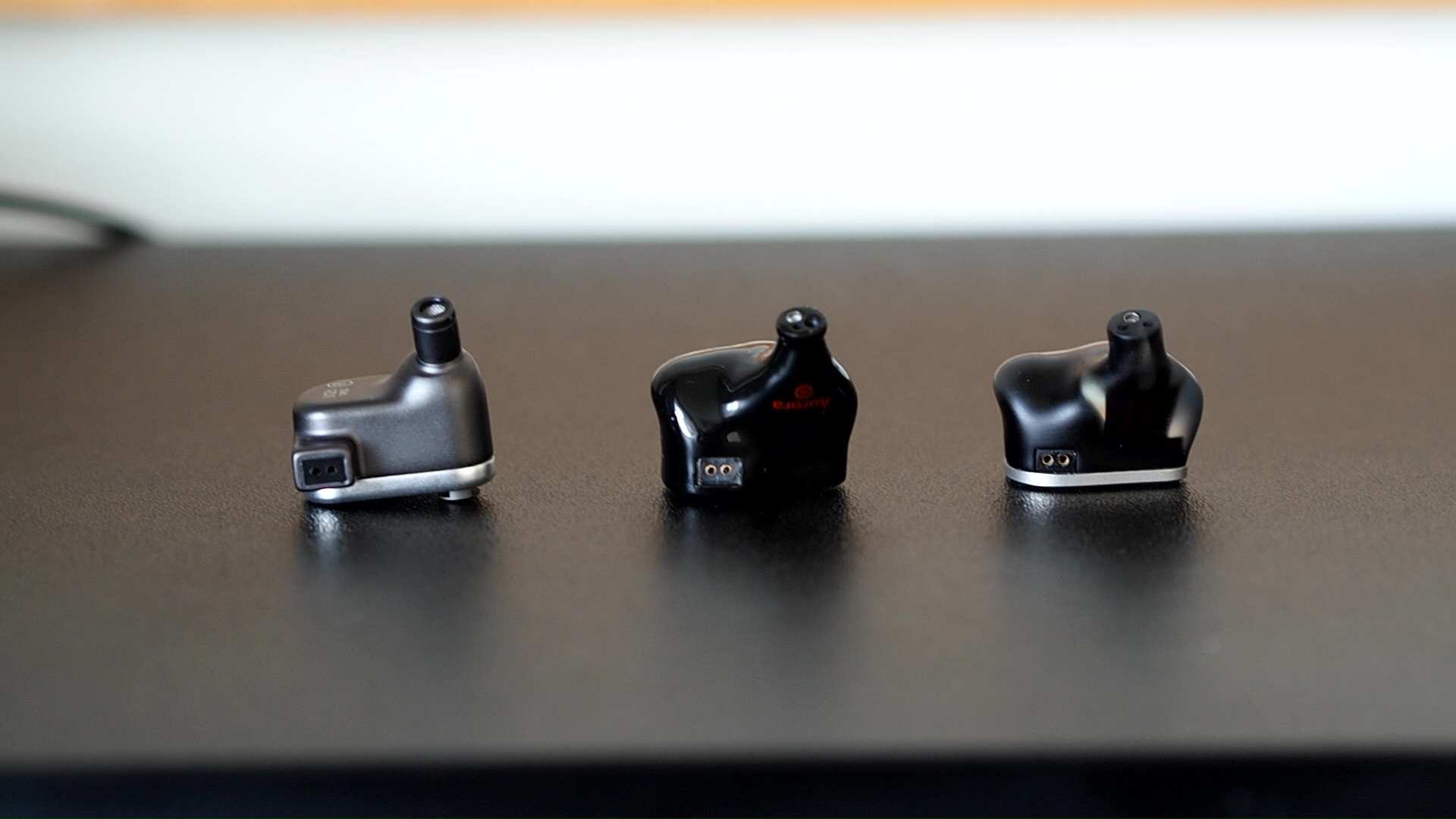
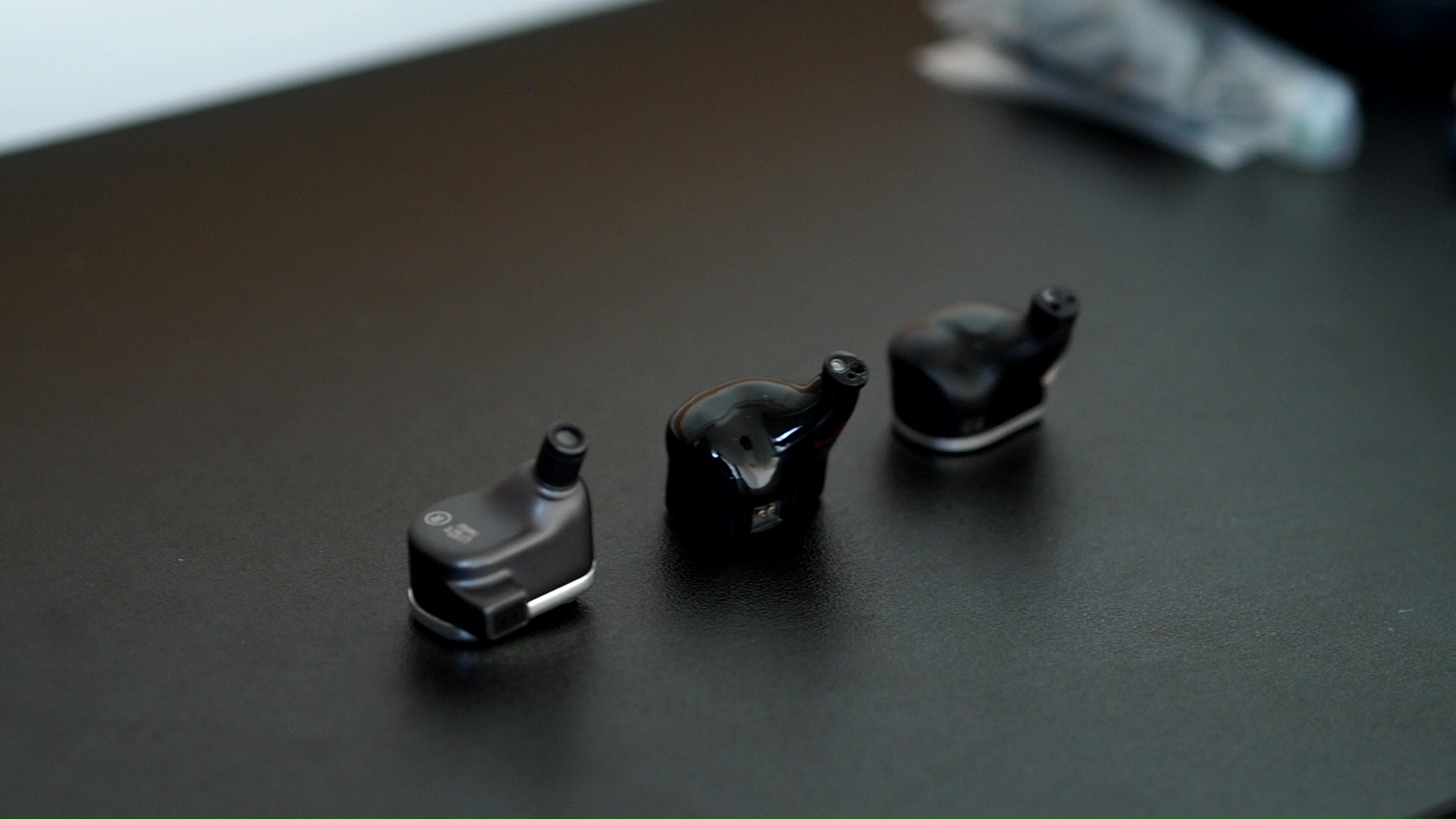

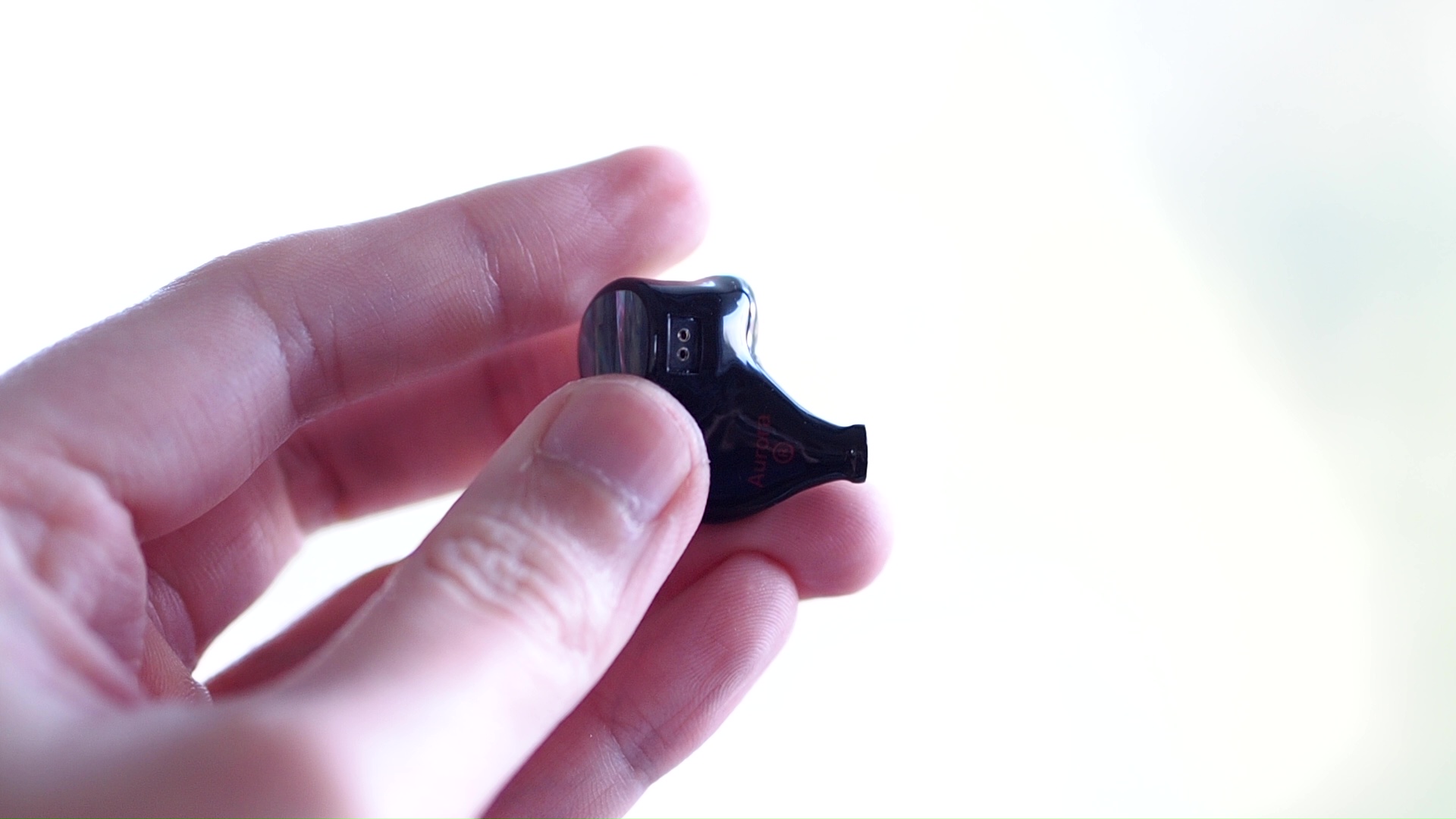
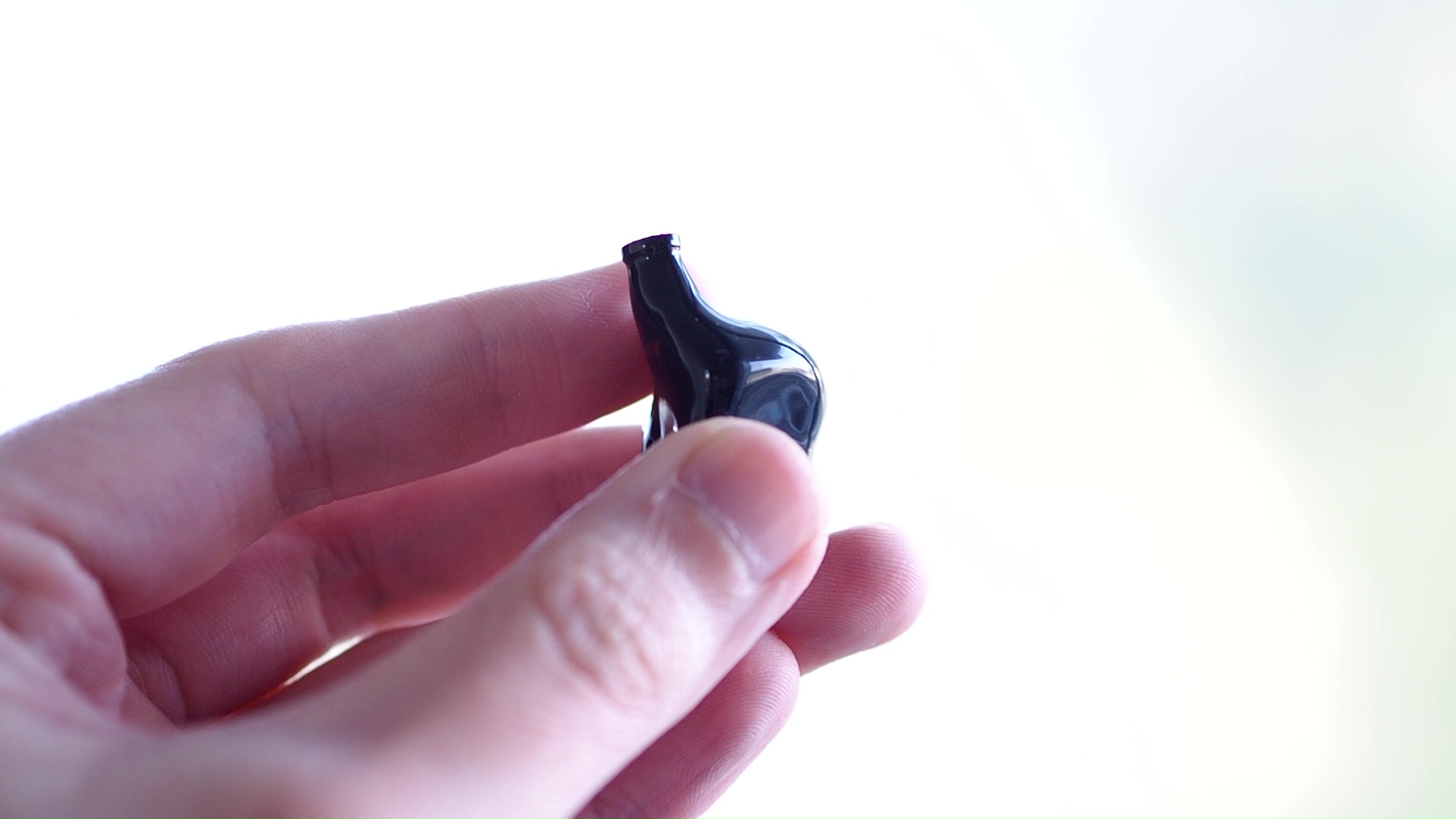
The earpieces are of medium size, but with longer nozzles. In the “correct” fit, where the earpieces rest against the concha of my ears, the nozzle would reach relatively deep in the ear canal. I recommend using slightly smaller ear tips than usual to support this fit. Of course, you can opt for shallower fit, but I recommend a proper deep fit with Aurora to preserve its treble extension, and the corresponding technical performance.
Tonality

Frequency response of Aurora against Moondrop Aria. Measurements were done with an IEC-711-compliant coupler and might only be compared with other measurements from this same coupler. Visit my graph database for more comparisons.
It is helpful to think of an IEM as a filter that highlights or subdues different parts of the incoming audio signal. This effect can be measured objectively by the squiggly lines above, called Frequency Response (FR) graphs, which measure how loud an IEM is at different frequencies from 20Hz (bass) to 20kHz (upper treble). Subjectivity is how your ears and brain interpret the effect of that filter on your music and decide whether it is “enjoyable.” There are some “rules of thumb” when it comes to tonality, but most interesting IEMs usually bend the rules masterfully.
The overall sound signature of Aurora can be described as downward tilted. You have more prominent (but not overpowering) bass response, mostly neutral midrange, and relaxed treble.
Subjectively, the overall tonality of Aurora strongly reminds me of Moondrop Aria. It’s warmer than true neutral or “flat”, but at the same time, the tonality is still correct. Aurora has correct ear gain tuning, starting from around 800-1000Hz and peaking around 3kHz. The lower midrange of Aurora is flat rather than having a “hump” to create the warmth and somewhat muffle sensation in vocals and instruments like the tuning of some Western boutique IEM brands. Most of the “warmth” of Aurora actually comes from the less contrast between lower and upper midrange.

The treble of Aurora is relaxed. It starts to roll off after the upper midrange. On the plus side, this tuning creates a sense of smoothness to the presentation of Aurora. In fact, this IEM is quite effective at subduing harshness and sibilance of most of my recording, even the more sibilant ones. At the same time, cymbals and hi-hats are still present in the mix. The resolution in the treble region is also good. I can hear nuances and textures in these high-pitched instruments rather than just splashy high-pitched sounds.
On the negative side, I wish that the upper treble has a bit more emphasis. The treble extension is not a strength of Aurora, which negatively impact the perceived detail retrieval and staging of Aurora.
Bass and Dynamic
A good pair of IEMs/earbuds/headphones should be able to convey, even emphasise, the sense of rhythm and the ebbs and flows of music. In general, this energy requires IEMs to be able to convey rapid volume swings on the downbeat of an orchestra or the leading edge of bass note. It also requires tactile physical sensation of the bass, and the sense of rumble and texture accompanying the bass drops. An IEM can have loud bass, but still fail to convey energy should it lack other features above.
The bass of Aurora also has a smoother presentation to it. Aurora does not focus the energy to the attack of bass notes like ThieAudio Hype2 or Effect Audio Gaea. Hence, at a glance, Aurora does not sound ultra dynamic or explosive. This presentation contributes to the calmer and easy-going sound that AuR audio aims for.
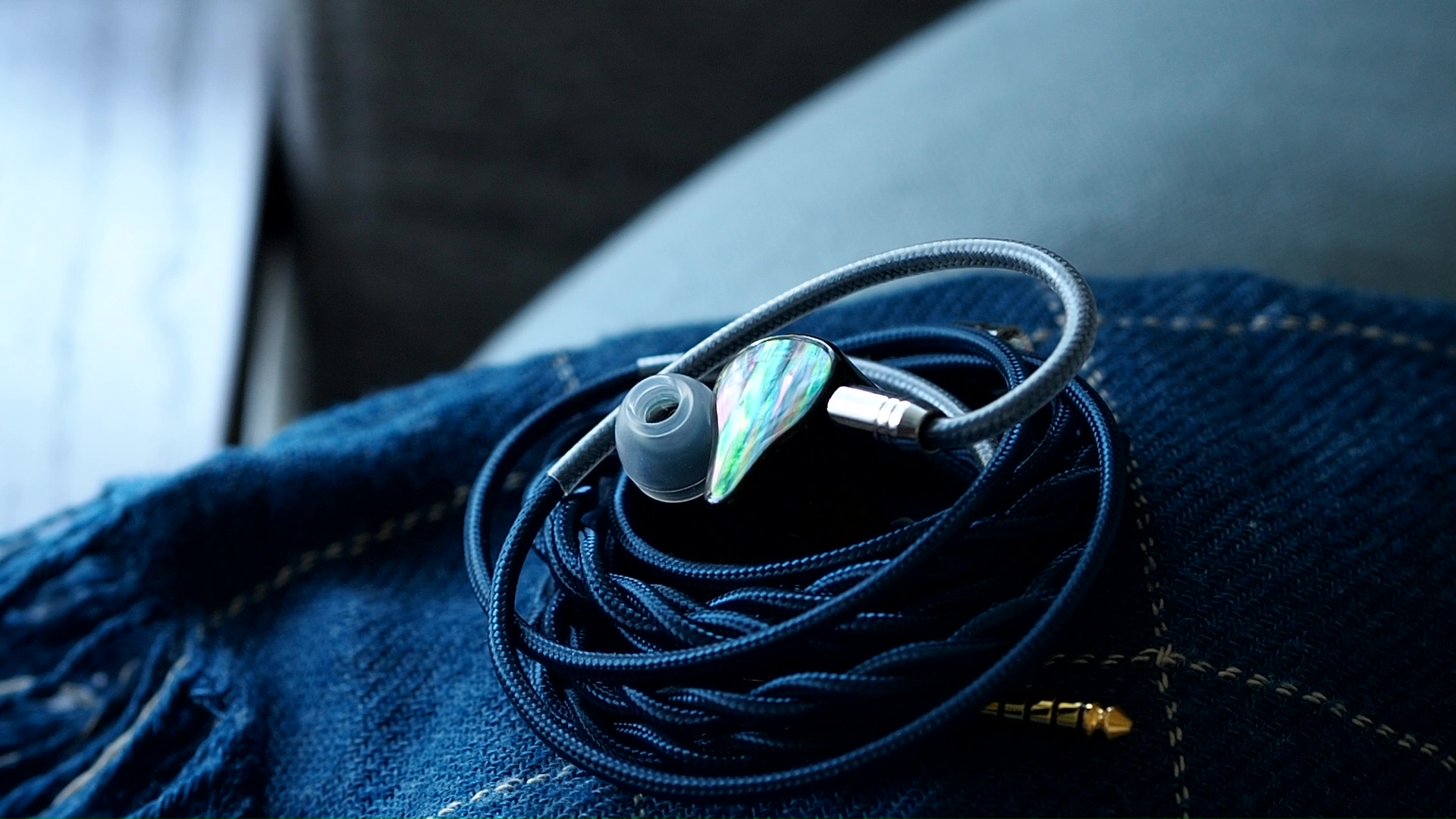
The strength of Aurora’s bass is in the detail and decay of the bass. Abel describes the bass as “elastic”, and I agree. There is a sense of “bounciness” to the bass guitars and kick drums that is quite nice to listen to. The details that Aurora extract from the bass line are also high. I find myself paying more attention to bass guitar and double bass when listening to music with Aurora.
Soundstage Imaging
Stereo imaging or “soundstage” is a psychoacoustic illusion that different recording elements appear at various locations inside and around your head. Your brain creates based on the cues in the recording, which are enhanced or diminushed by your IEMs, your DAC, and your amplifier. Some IEMs present a wide but flat soundstage. Some present a “3D” soundstage with layering, depth, and height. In rare cases, with some specific songs, some IEMs can trick you into thinking that the sound comes from the environment (a.k.a., “holographic”)
The tuning of Aurora favour coherency and cohesiveness rather than separation. It means that when I listen to a band or an orchestra, all the main (louder) instruments at the foreground are placed closer to each other and closer to me.
As I mentioned, Aurora does not have strong treble extension, which in turns hurts the perception of the background and expansion of the soundstage, which is created by “air”, reverb, and ambience embedded in the recording. For example, when I listen to violin sonatas and partitas by Kavakos, the sound of violin bouncing against the concert hall is hard to discern. On IEMs with stronger treble extension, this reverb can sound like a dome behind the main violin, contributing positively to the enjoyment of the recording.
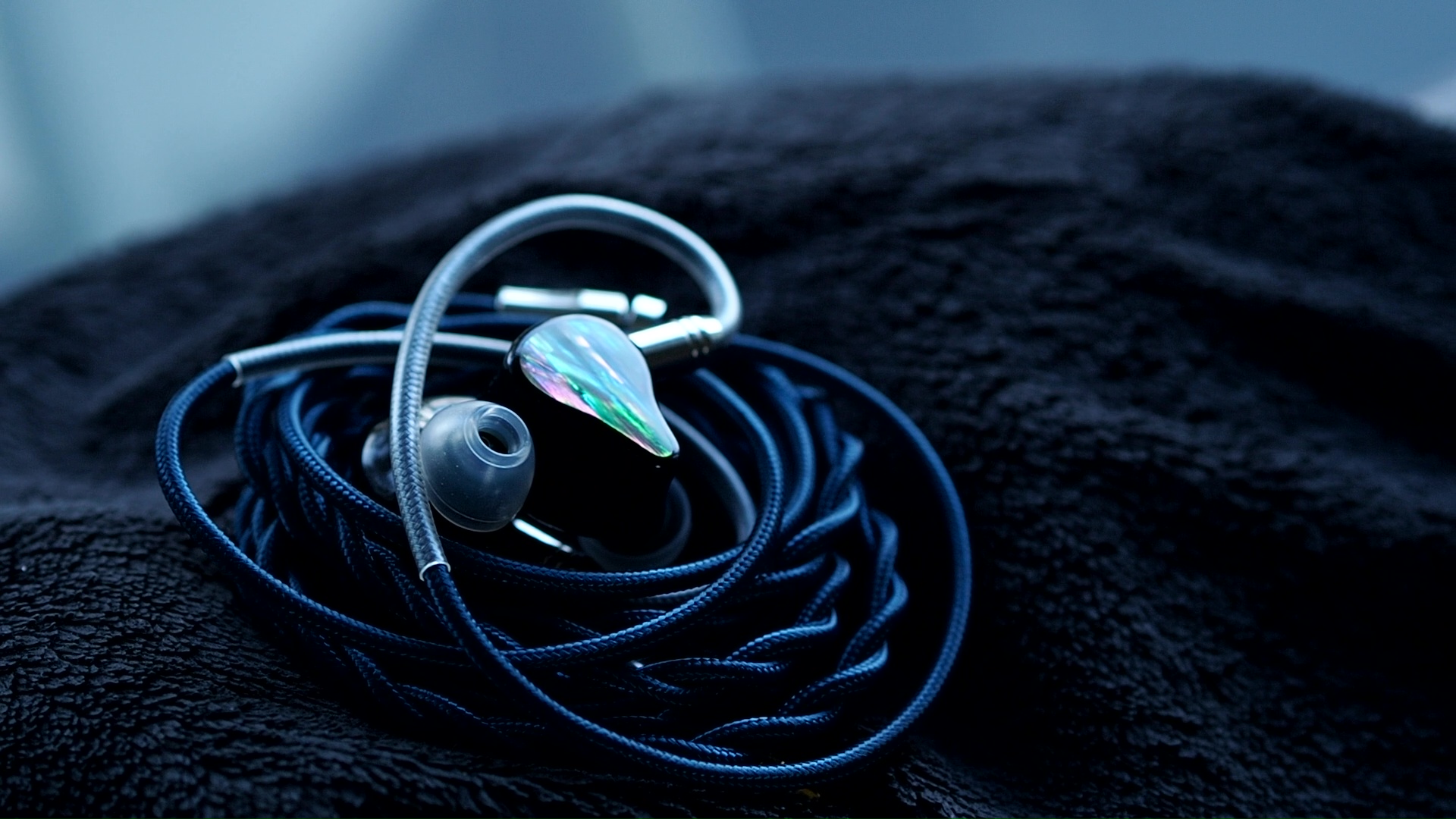
Because the foreground is cohesive and closer to the listener and the background is not highlighted and expanded, I find the soundstage of Aurora to be smaller and more intimate. Personally, I prefer more exaggerated sense of space, though I think many would enjoy the intimate sound of Aurora.
Soundstage imaging with games (CS GO Gameplay by Throneful): Aurora does a good job, but not outstanding. The left-to-right sound placement is good, but the front-to-back and low-to-high placement is not better or worse than most IEMs.
Resolution
Resolution is a fascinating subject due to the difficulty of pinning down what it really is. To me, “resolution” can be broken down into three components: (1) Sharpness, incisiveness, or “definition” of note attacks (see the figure above). (2) The separation of instruments and vocals, especially when they overlap on the soundstage. (3) The texture and details in the decay side of the notes. The first two give music clarity and make it easy to track individual elements of a mix. The last provides music details and nuances. Smooth and well extended treble response plays a crucial role.
The more subdued treble response also hurts the perception of separation and detail retrieval of Aurora. I used the word “perception” because the actual resolution of Aurora, in other words, how it dissects dense and complex recordings, is rather strong.
For example, when I listen to Bohemian Rhapsody cover by Pentatonix, I found that it is easy to track individual voices, even the ones at the sides of the stage. Moreover, each voice has nuances and details. However, all voices tend to have softer “edge” and are more “blended” rather than separated with sharp boundaries than IEMs with razor-sharp separation like Symphonium Helios or Effect Audio Gaea. So, at a glance, Aurora can come across as slightly dull and lack incisiveness.
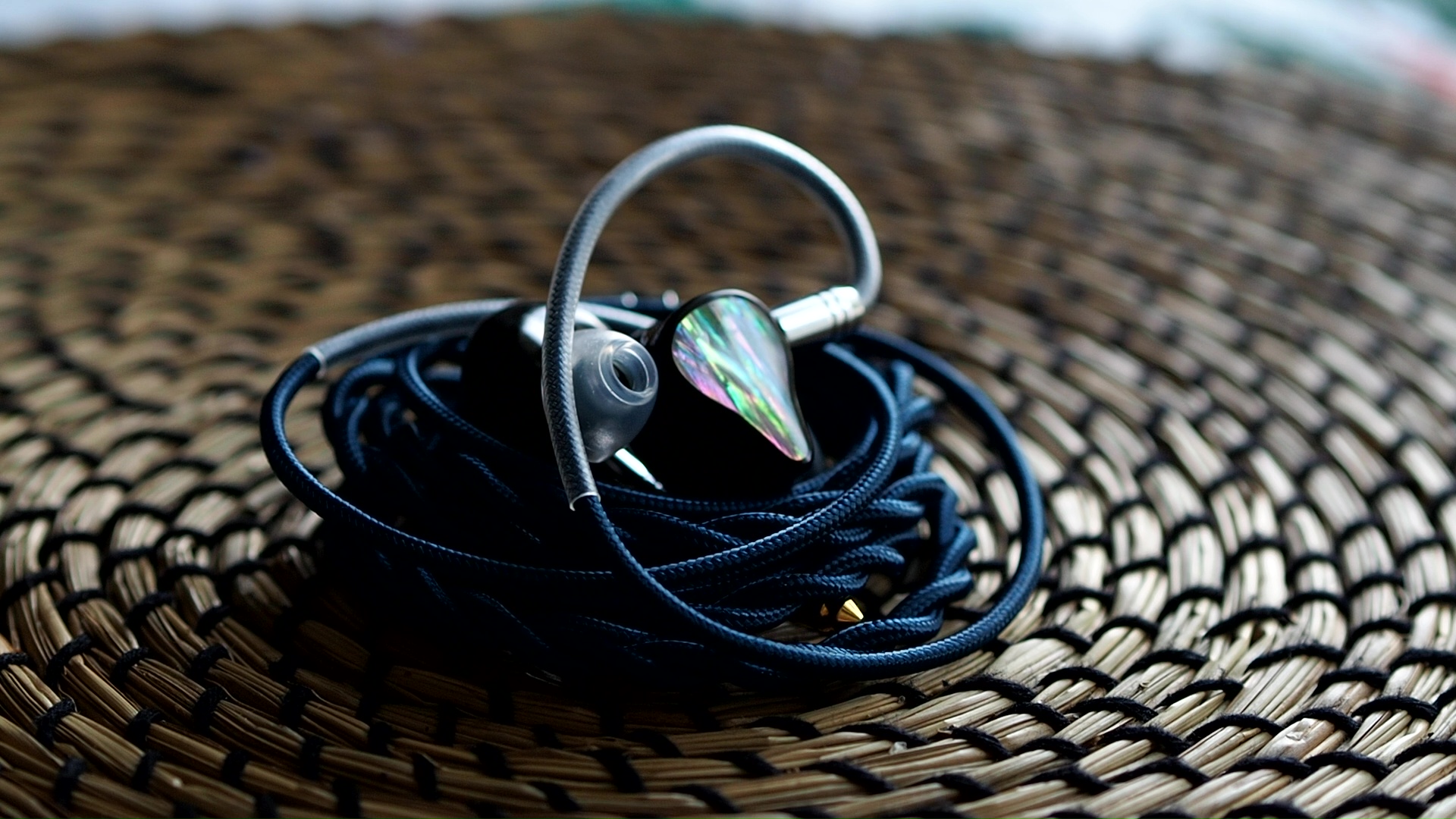
However, I do not think that the true resolution of Aurora belongs to the top echelon just yet. When I listen to my usual test tracks for detail retrieval, the Bach violin sonatas and partitas by Kavakos, I found that a layer of nuances that contributes to the “realness” of the performance, such as the friction of the bow against the strings, does not come through. I could squeeze out a little bit more from Aurora by turning up the volume very high, but that’s not practical.
Source Pairing
Aurora is sensitive to source characteristics. I did not have good listening experience when pairing Aurora with HiBy R3 Pro Saber, as the bass decay sounds duller and less textured, and the separation is not impressive. The R3 Gen II does a better job. The DX300 expands the stage of Aurora a little bit more, but it’s not significant for me. I ended up using R3 Gen II most of the time, as Aurora sounds good enough, and the whole setup is much more portable.
Comparisons
Moondrop Aria:
- Very similar tonality
- Aurora is better on all technical aspects
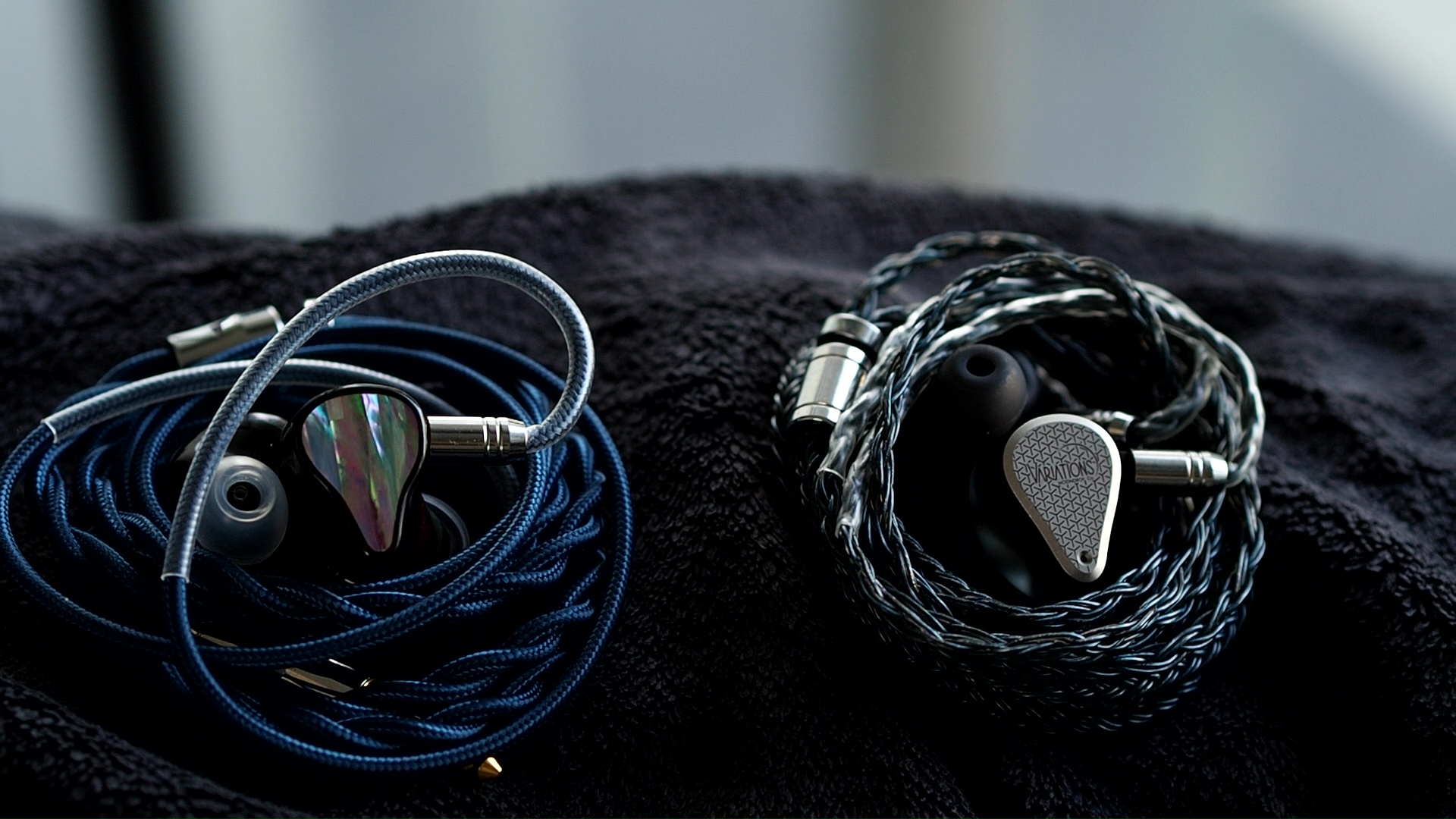
Moondrop Variations:
- Day and night different in tonality. Your preference determines which one you like
- Nearly identical resolution, both macro/separation and micro/detail
- The Variation has more open soundstage, meaning the instruments at the foreground has more “space” from each other. This effect is baked into the tuning.
- Bass of Variation has stronger impact but less “bounciness” and detail than Aurora
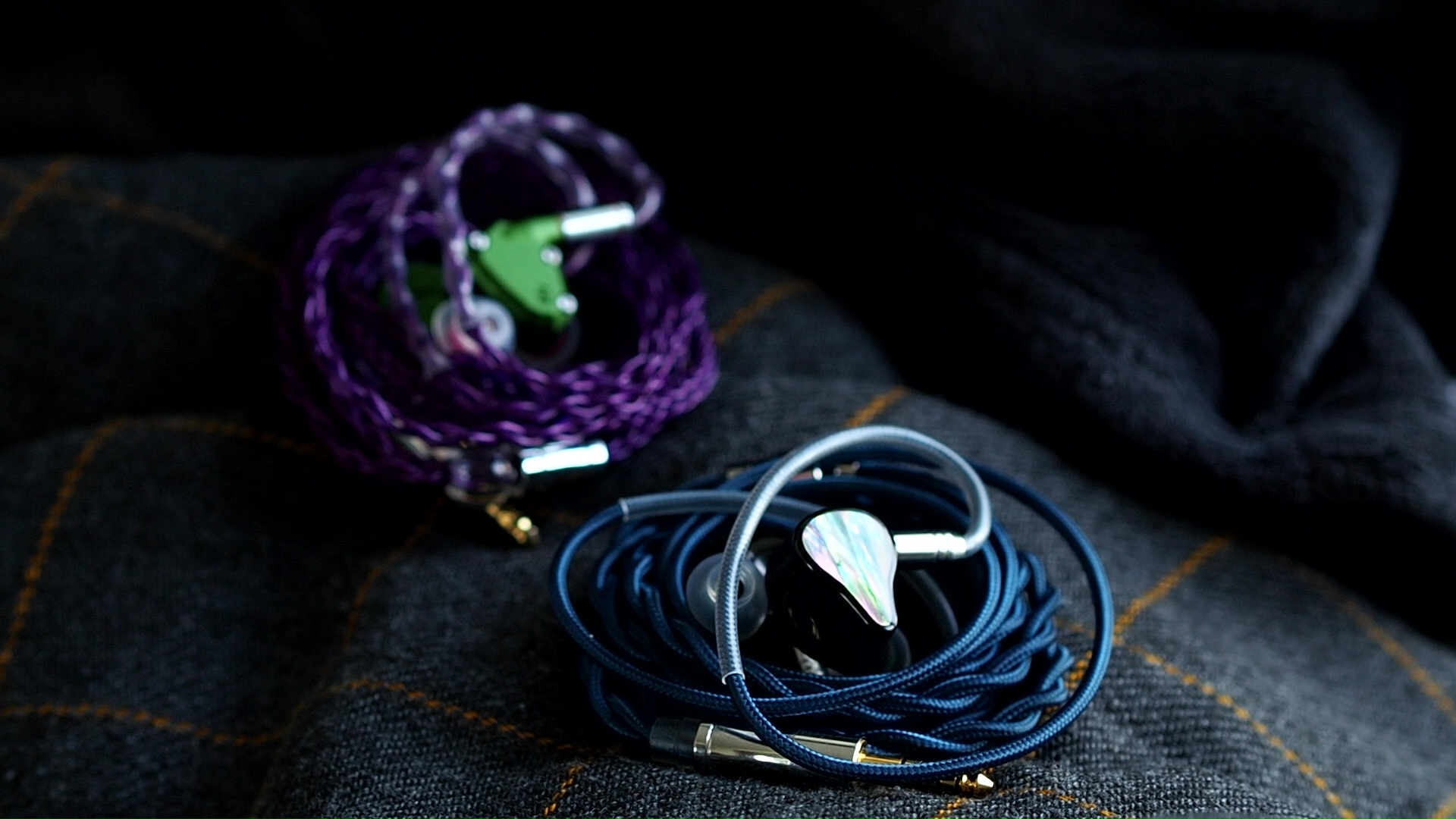
Campfire Audio Andromeda 2020:
- Both have warm tuning, but Aurora has a more modern and natural approach. Andromeda is obviously coloured. Your preference determines which one you like
- Andromeda has better resolution, both macro and micro.
- The soundstage of Andromeda is more diffused and spread out. This can be somewhat explained by the way it tunes the upper midrange.
- The perception of space, “air”, reverberation of Andromeda is noticeably stronger.
- The bass of Aurora is much better, especially in the decay and texture.
AFUL Performer8:
- The tonality of P8 feels flatter, less coloured. In rare occasions, P8 can sound thin because it dips the 250Hz.
- The bass of P8 is more snappy, but the overall sense of bounciness and texture is better on Aurora
- Both IEM push the foreground toward the listener and opt for a more cohesive presentation
- The background expansion of P8 is noticeably stronger
- The micro detail retrieval of P8 is better, especially when listening to detail-rich recordings
My Take
In summary, Aurora mostly lives up to its reputation. Yes, I wish that it has better treble extension and more incisive presentation. But I also know that if Aurora is more snappy and incisive, it would be a different IEM rather than Aurora. As it stands, Aurora is a smooth IEM that is done right, a relatively rare breed in the current market.
Absolute Sonic Quality Rating: 3.5/5 - Very Good
Bias Score: 4/5 - I’m happy to add this IEM to my rotation.
Pros:
- Comfortable, cohesive presentation
- Beautiful timbre and tonality of midrange
- Great bass texture and decay
Cons:
- The soundstage is more cohesive and compact rather than expansive
- Smooth presentation reduces the perception of resolution
